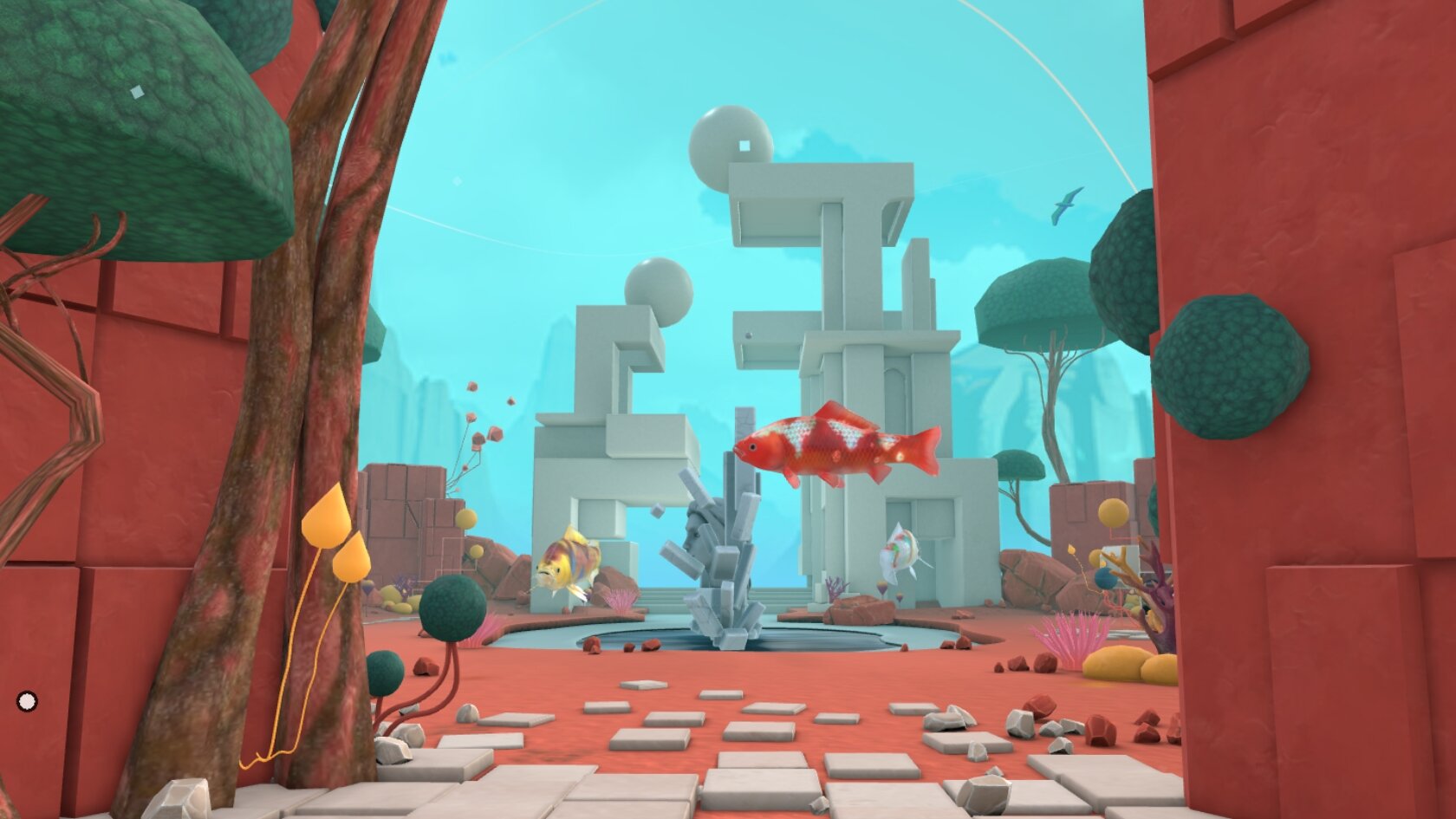Transform Web Experiences for Customers & Employees with AI Agent & 3D Technology
We provide strategy, platform and services to create unique web experiences and strengthen the engagement of your employees and customers with your brand.
Why ZREALITY?
Since 2015, we have been creating solutions for immersive brand experiences. By combining artificial intelligence (AI) and spatial computing, we provide companies with a powerful platform to create, manage, and analyze interactive 3D worlds and 3D agents. Our user-friendly all-in-one solution enables leading companies like BASF, Falke, and Siemens Energy to create unforgettable digital experiences for customers and employees.
40% More Engagement
Increase loyalty and identification with your company through interactive experiences that leave a lasting impression and remain memorable.
30% More Sales
Create virtual brand experiences that not only excite but directly encourage purchases and measurably increase your sales conversion.
60% Cost Savings
Reduce training and event costs while maximizing ROI through efficient digital solutions.
Testimonials
What our customers say about us
Gartner
Serena Mushigo, Jess Walker, April 4, 2025
"Gartner recognized ZREALITY as a Cool Vendor in Digital Humans for Websites in April 2025."

Simon Falke
Head of Sales, Falke KGaA
"ZREALITY has impressed us for years with excellent consulting and perfectly implements our requirements for fashion-forward solutions. Customer feedback on our 3D showrooms is very positive."

Christine Bartel
Manager Marketing, ZAPP
"With ZREALITY, we were able to make our brand digitally tangible - for customers, partners and employees. The collaboration was always professional and future-oriented."

Learntec Immersive Learning Award 2025
"BASF was awarded the Immersive Learning Award 2025 for the innovative, AI-supported 3D learning environment "Virtual Global Technical Academy Training Center", which was implemented based on the Grids platform from ZREALITY."

Solutions - Tailored for Your Business
Discover how the combination of AI and 3D technology defines businesses with personalized, interactive experiences for learning, events, and brand building.

AI Learning
Create a personalized, interactive 3D training environment where AI avatars transfer knowledge.
- Increased knowledge retention and focus
- Interactive compliance & product training
- Virtual onboarding experiences
Ideal for HR, Learning & Development, and Training Leaders

Immersive Brand Building
Create unforgettable virtual brand worlds to offer customers a unique brand experience.
- Interactive 3D product demos
- Virtual storytelling
- Meta-commerce shops and virtual sales advisors
Perfect for Marketing, E-Commerce & Brand Managers

3D Events
Host immersive virtual events that come alive through 3D technology
- Hybrid summits & conferences
- Networking & matchmaking
- Personalized event spaces
Designed for Event Managers, CMOs & HR Leaders
Success Stories
Increased engagement, cost savings, and process optimization through immersive brand experiences that can be accessed on any device and reached through any browser.
Falke Urban Play Ground
Falke becomes an experiential brand world – interactive, innovative, and forward-thinking. Immerse yourself in an immersive experience with intelligent AI brand agents, digital meta-commerce shop for customized product adaptations, and VR-POS sales tools that revolutionize retail. This creates a unique shopping experience that particularly excites younger target audiences and elevates the Falke brand to a new dimension.
- Improved customer loyalty & engagement
- Unique digital customer journey
- Interactive brand & product experience
BASF Gamescom
An experience-oriented recruiting platform that excites applicants and attracts talent! AI-powered agents act as ambassadors for the corporate culture, while virtual consultation hours and interactive workplace tours provide an authentic insight into BASF. Through seamless integration with existing recruiting tools, talent acquisition becomes more efficient, actively combating the shortage of skilled workers – while demonstrating how BASF products shape the future.
- 24/7 accessible web-based platform
- 2,500 visits in 5 days during Gamescom
- 35% faster hiring processes through efficient applicant guidance
Siemens Energy World Quality Day
Siemens Energy makes quality tangible with an AI-powered learning game. Users are guided through exciting mini-games, solve interactive challenges, and receive personalized knowledge from AI agents. Beyond knowledge transfer, networking opportunities are provided that promote exchange and collaboration. The combination of gamification, AI, and interaction creates a motivating learning environment that ensures sustainable knowledge transfer.
- High participation and engagement rates through interactive and motivating learning methods
- Improved knowledge transfer through gamification and AI-supported assistance
- Personalized learning paths for sustainable knowledge transfer and long-term quality improvement
Trusted by Industry Leaders
Join leading companies shaping the future with ZREALITY








Let's Create Something Extraordinary Together
Transform your ideas into immersive realities with ZREALITY's cutting-edge platform
Share Your Vision
Tell us about your goals and ideas. We'll help transform them into immersive experiences.
Co-Create & Customize
Work with our expert team to design and develop your perfect virtual environment.
Launch & Succeed
Deploy your experience and engage your audience in ways never before possible.